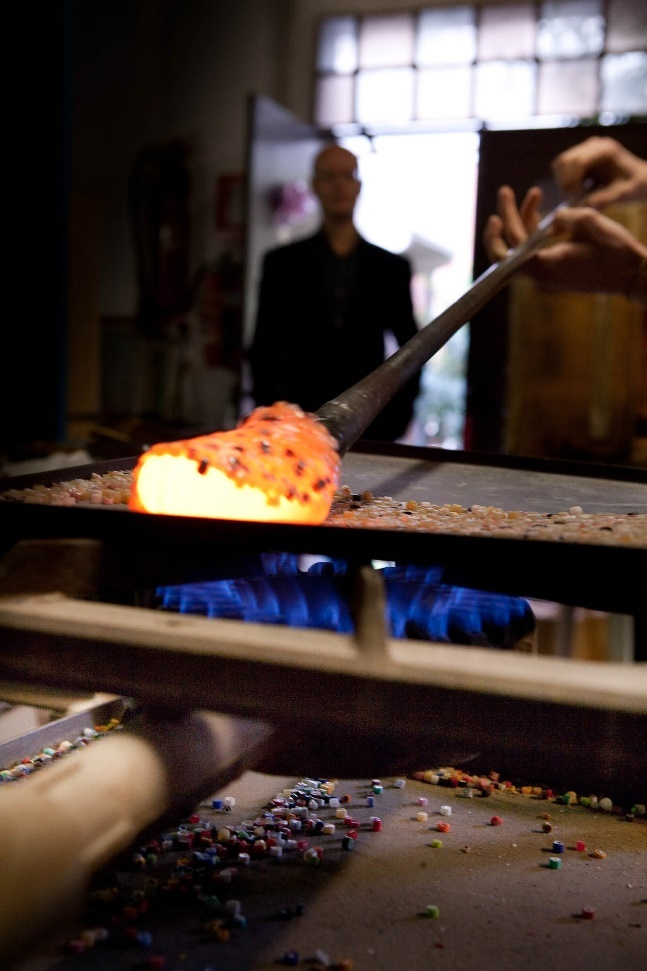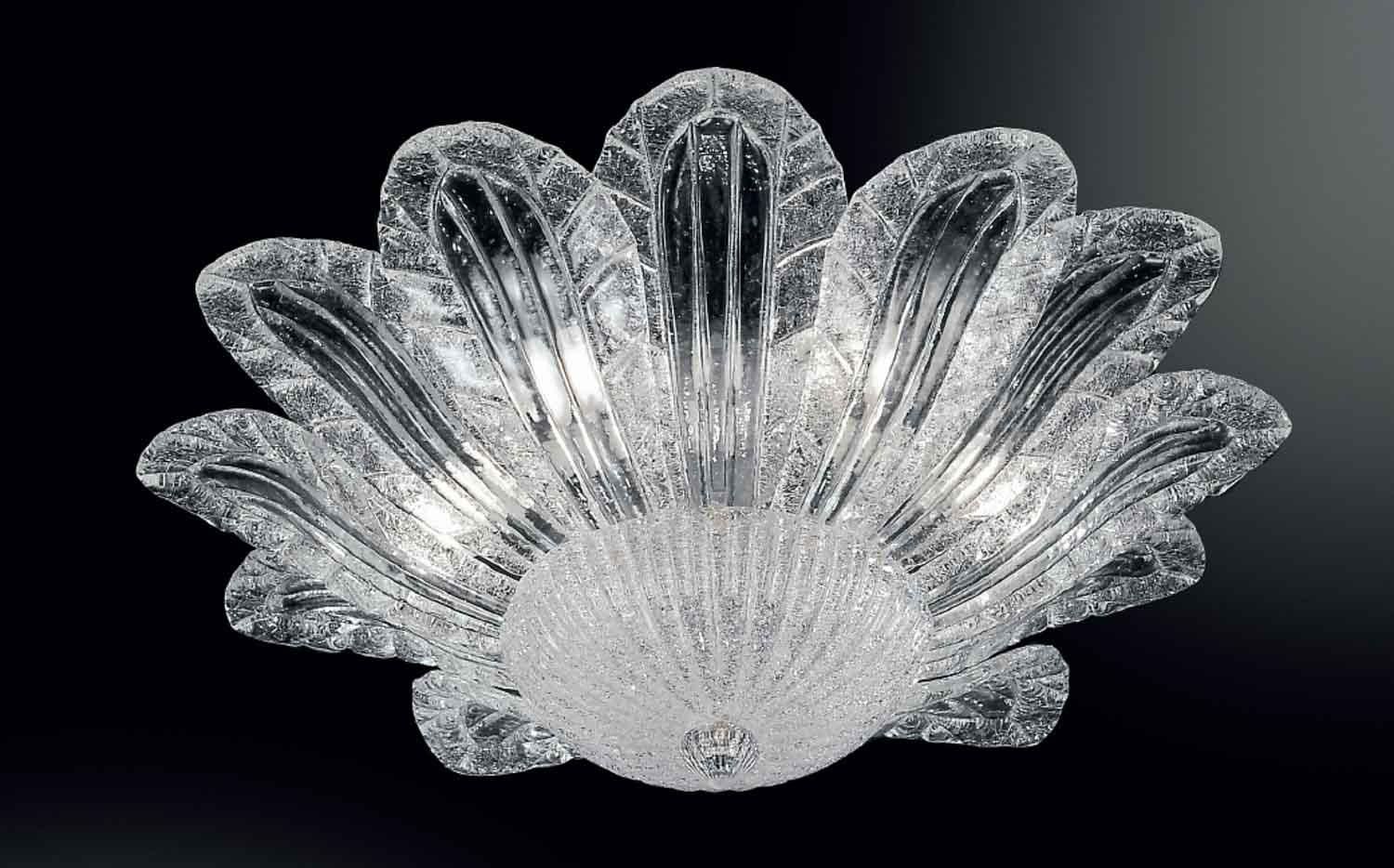If we follow the paper trail back through time, we find that the first Venetian glass was made in the eighth century. With time, Venice established itself as a major hub for Mediterranean trade. Several countries were trading partners, and glassmaking had already progressed in a number of the Arabian and North African nations bordering the Mediterranean, most notably Constantinople.
Venetian craftsmen learned how to make glass from their trading partners and perfected their methods around the 10th century. They became the best craftspeople in the region because of this. In addition, each person had honed their particular set of abilities in the field. In a nutshell, Venice was well on its path to breaking the global glassmaking monopoly.
Why Was The 13th Century A Pivotal Point?
A turning point in Venetian glassmaking happened towards the conclusion of the thirteenth century. In 1291, the Venetian authorities made a decisive move to relocate the whole glassmaking sector to the island of Murano. This was done out of concern regarding the possibility of fires being started by the sector's incredibly hot furnaces.
Wood was widely used for construction during the time, and this was especially true in the major Venetian cities. Some historians, however, have argued that this action was taken to protect the trade secrets of an emerging business that was helping to boost Venice's economy and international reputation.
On Murano Island, the craftspeople were essentially confined. There were severe limitations on their ability to leave the island. Despite this, these craftsmen enjoyed complete autonomy and a privileged position on the island. They enjoyed a privileged and affluent lifestyle.
Glassmakers were extremely protective of their trade secrets, passing them down only to their sons or the most deserving of their students. This kept the information from being widely known. At this point, the reputation of Murano glass was second to none in the glass business.
14th to 18th Century – Setbacks & Developments
As early as the 14th century, these exquisite works were receiving worldwide recognition and were being recognised as one of Venice's primary sources of revenue. However, towards the end of the fifteenth century, other European kingdoms such as Belgium and France had successfully swayed Murano's artisans to establish their glass factories in their territories.
When Napoleon invaded Venetian territory during the 17th century, it temporarily slowed the growth of the glassmaking business on the island of Murano. Toso brothers and other new entrepreneurs helped it recover and regain its former prominence by the 18th century. Very quickly, others joined them, and the Murano glass sector once again flourished thanks to a plethora of cutting-edge technological advancements and creative design.

Now that you've read up on the history of Murano Glass, you might be tempted to get a Murano Glass piece yourself, and who better than MuranoNet for it? We are the best store to buy Murano Glass online and offer a wide range of Murano Glass goods. This includes large crystal chandeliers for high ceilings, hand-blown glass pendant products for sale, and a lot more. Contact us to learn more about our offerings.




Leave a comment
All comments are moderated before being published.
This site is protected by hCaptcha and the hCaptcha Privacy Policy and Terms of Service apply.